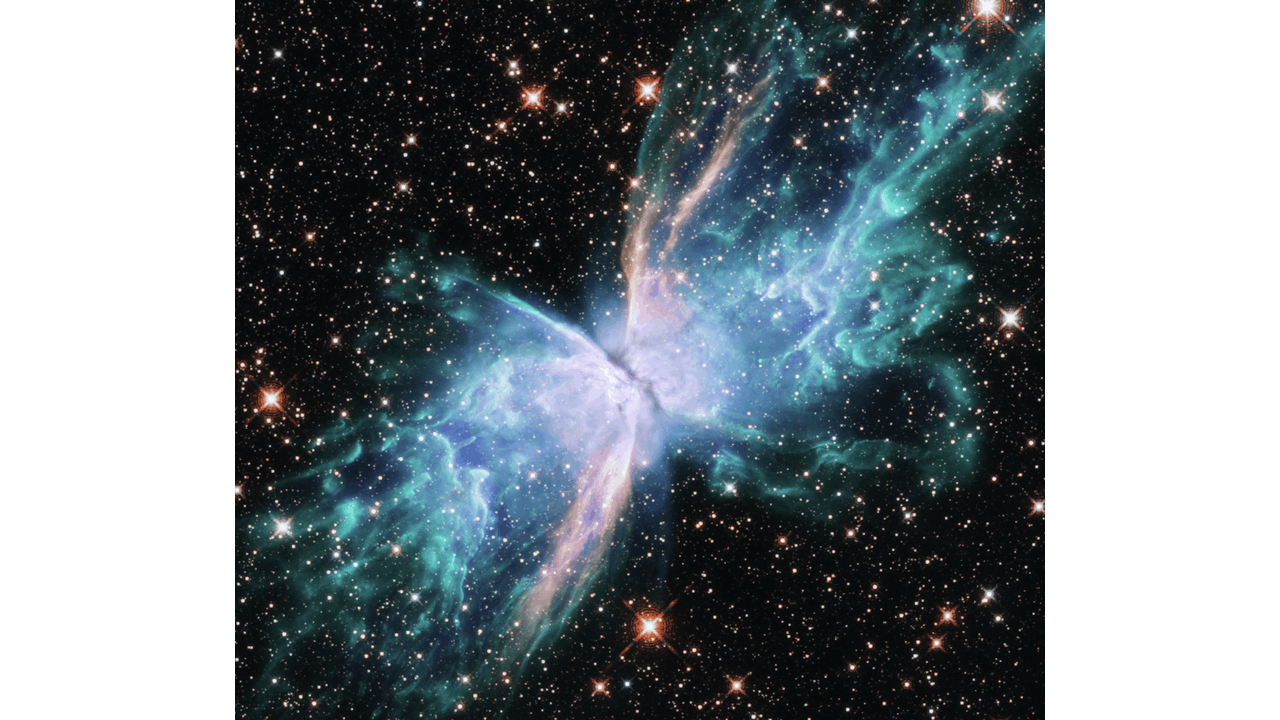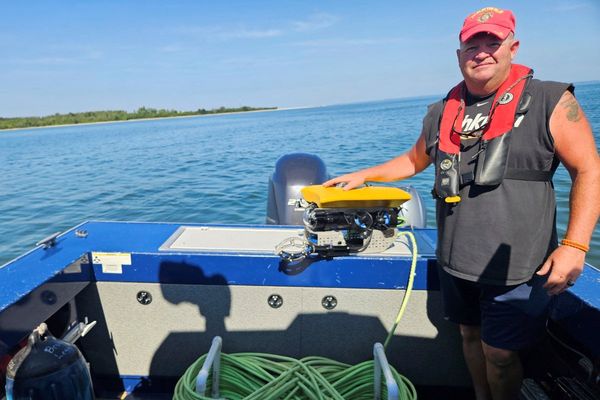
The Butterfly Nebula is changing, and astronomers are puzzled as to why these changes are occurring. Observations of this planetary nebula show dramatic changes in the butterfly’s ‘wings’ in just 11 years.
“I’ve been comparing Hubble images for years, and I’ve never seen anything quite like it,” said Bruce Balick, a professor emeritus of astronomy at the University of Washington.
What are nebulae?

Planetary nebulae form by an expanding shell of gas around an aging red giant star. Most are ring-shaped, but a few have wing-like shapes, like the Butterfly Nebula. Astronomers think the rare hourglass shapes are likely formed by the gravitational tug from a second star orbiting the nebula’s parent star, causing the material to expand into a pair of wings. While the wings grow over time, the original shape usually does not change.
What’s new — Balick and his former student Lars Borchert, now a graduate student at Aarhus University in Denmark, compared two exposures of the Butterfly Nebula taken by the Hubble Space Telescope in 2009 and 2020. They noticed dramatic changes in the material within the wings. The researchers said that powerful winds are driving complex alterations of material within the nebula’s wings. But this shouldn’t be happening, as the red giant star creating the wings should be a “sputtering, largely moribund star with no remaining fuel,” the researchers said, reporting their findings at the 241st meeting of the American Astronomical Society this month in Seattle, Washington.
The team saw that material in the outer portions of the nebula is moving rapidly, at about 800 km per second (500 miles per second), while material closer to the hidden central star is expanding much more slowly, at about a tenth of that speed. Paths of the jets cross one another, forming “messy” structures and growth patterns within the wings.
Digging into the details — Balick said the quickly changing interior structure is not easy to explain using existing models of how planetary nebulae form and evolve. The star at the center of the nebula, which is hidden by dust and debris, could have merged with a companion star or drawn off material from a nearby star, creating complex magnetic fields and generating the jets.
“At this point, these are all just hypotheses,” said Balick in a press release.
“What this shows us is that we don’t fully understand the full range of shaping processes at work when planetary nebulae form. The next step is to image the nebular center using the James Webb Space Telescope since infrared light from the star can penetrate through the dust.”
In about 5 billion years, our own Sun will expand into a red giant and form a planetary nebula. This will expel carbon and other heavy elements into the interstellar medium to form star systems and planets in the even more distant future. This researcher said their findings — a sort of “time-lapse” analyses of planetary nebulae — can help illustrate not just how the materials for the star systems of tomorrow will take shape but also how the building blocks of our own oasis were produced and gathered billions of years ago.
“It’s a creation story that is happening over and over again in our universe,” said Balick. “The shaping processes provide key insight into the history and impacts of the stellar activity.”
This article was originally published on Universe Today by Nancy Atkinson. Read the original article here.







